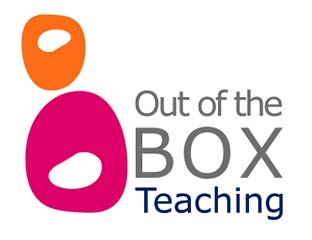
In class, reflection cards have become a favourite among students. They’re all
about simplicity – no tricky math problems or grammar jargon, just straightforward
questions. However, I soon noticed that, despite their popularity, students were
racing through their responses. To make the reflection cards even more impactful,
I’ve suggested a few activities below to ensure everyone gets involved and makes
the most of the experience.
Choose one or more activities:
- Set the Scene: Create a calm and inviting environment for reflection. Lower
the lighting, play soft music, and ensure there are comfortable seating options
available. This is a great opportunity to create a safe space to unwind and
have a meaningful time with your child(ren). - Introduce the Cards: Explain to your child(ren) what reflection cards are and
how they can use them to explore their thoughts and feelings. Encourage
them to take their time and approach each card with curiosity. - Guided Reflection: Select a card or cards and guide the reflection process
by asking open-ended questions related to them. Encourage the child to
share their thoughts, feelings, and insights as they interact with each card.
Validate their responses and create a supportive atmosphere for self-expression. - Artistic Expression: Offer markers, crayons or paints, and inspire the child to
visually express their thoughts and emotions. They can colour the pictures on
the back of the cards, create new drawings, doodle, or craft collages inspired
by the themes on the reflection cards. - Promote Body Awareness: Guide the child to centre themselves by focusing
on their breath. Deepen their awareness by asking if there’s a specific place in
their body where they can sense the emotions they are feeling. Invite them to
stretch, move and shake if it feels right. - Reflective Journaling: Provide a journal or notebook where the child can
write down their reflections, insights or any action steps they want to take
based on their reflections. Encourage them to revisit their journal entries
periodically to track their progress.
By incorporating sensory experiences, movement, and artistic expression into the
reflection process, you can help ensure that the child fully engages with the activity
and gains meaningful insights from it.
To get your free set of self-reflection cards from Out of the Box Teaching, please use this link: http://eepurl.com/iwSlno
